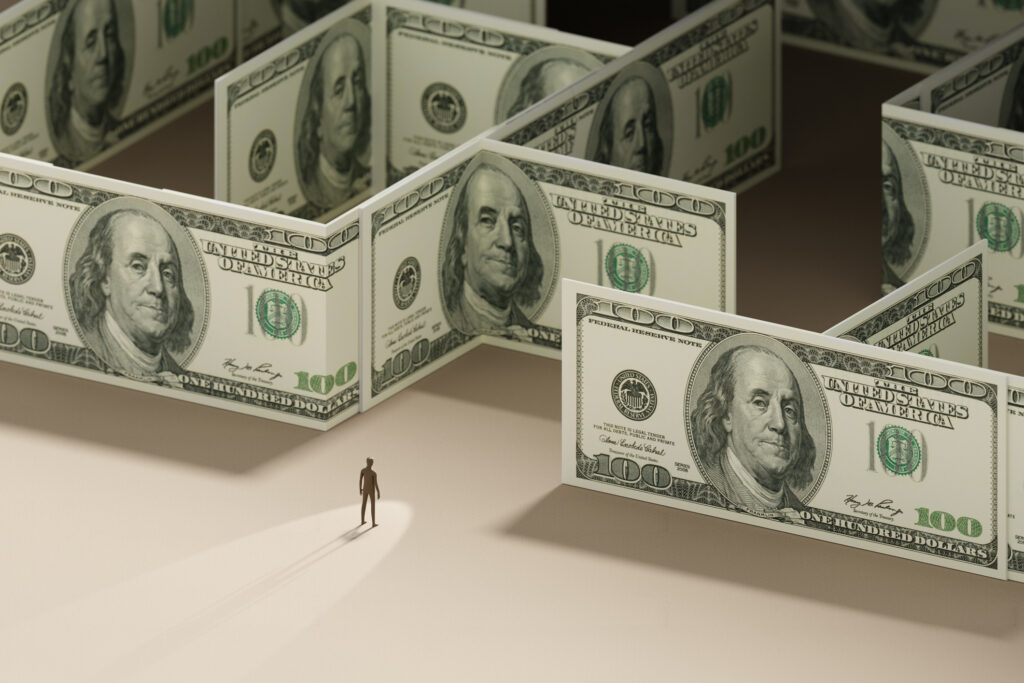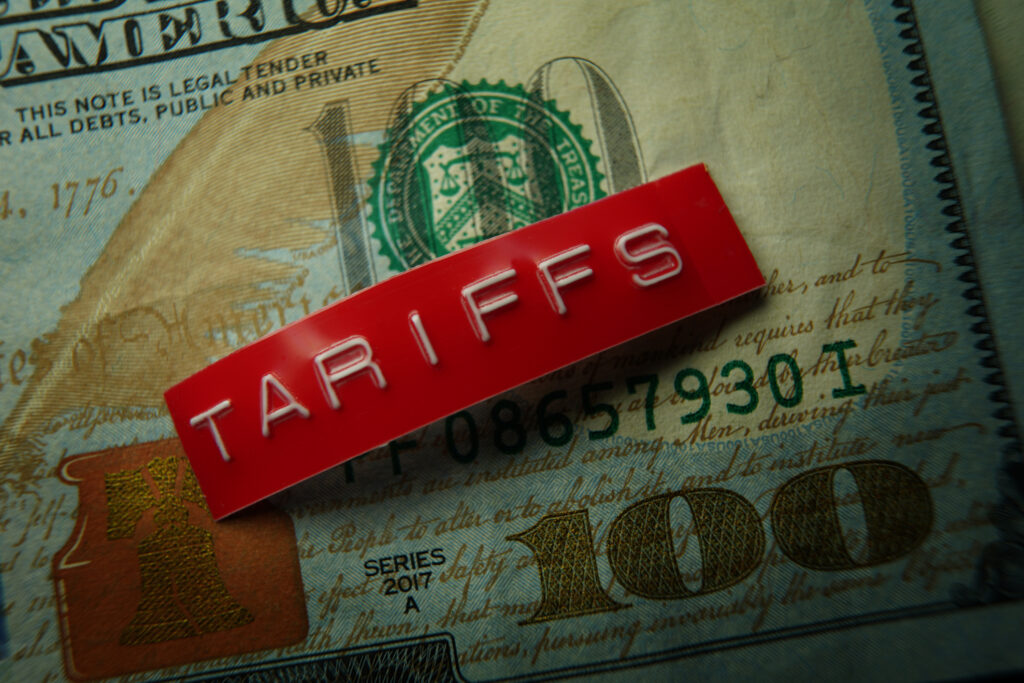The average level of state sales taxes fell in 2011 to 5.49 percent, according to an annual report from Vertex, Inc., a provider of corporate tax software and services.
“Looking ahead, we expect the number of rate changes and combined average rate to remain level in the coming year,” said John Minassian, chief sales and use tax officer for Vertex, in a written statement.
Vertex reports Indiana, Mississippi, New Jersey, Rhode Island, and Tennessee had the highest state sales tax rates in 2011, at 7 percent.
Within states, total sales tax rates can vary widely, because of city, county, and other sales taxes that may be added to state sales taxes.
13.725 Percent in Tuba City
The nation’s highest city sales tax rate in 2011—7 percent—was in Wrangell, Alaska. The highest combined sales tax rate—state, county, local, and special purpose sales taxes—was in Tuba City, Arizona, at 13.725 percent.
The average combined sales tax rate for the nation was 9.6 percent in 2011 and 9.64 percent in 2010, according to Vertex.
“Wow, combined sales tax rate of 13.725 percent. That’s significant,” said Rachelle Bernstein, vice president of tax counsel for the National Retail Foundation. “I see that and I think, boy, does that exacerbate the competitive advantage that a remote Internet seller might have over a brick-and-mortar store.”
Fewer Rate Changes
The number of rate changes nationally seems to be leveling off. The number at all levels of government declined in 2011 to 459. In 2010 Vertex tracked 555 sales tax rate changes. In 2009 there were 707 changes. In 2008 there were 797.
“The record levels of changes in 2008 and 2009 can be attributed, at least partially, to the financial crisis and recession,” said Minassian, in an email response to questions. “As governments, particularly state and local ones, faced budget shortfalls and declining revenues, they sought new sources of tax revenue to fund various public programs.”
In 2011, 232 of the 459 sales tax changes were increases. Another 175 were new taxes. Only 52 were decreases, Vertex found.
Since 2003, governments have imposed 2,109 new sales and use taxes, an average 234 per year. There have been 3,757 changes to existing sales and use taxes, an average of 417 changes each year.
Better for Consumers
Consumers fared much better in 2011 than in 2008 and 2009, Minassian said.
“The leveling and decline in tax rate changes may signal that there has been some improvement in the overall economy,” he wrote. “However, it is important to note that it may indicate that governments have exhausted the number of new and increased sales tax rates that can logically be levied at this time. For consumers, it means some relief from new and increased sales taxes, though many of the increases and additions made over the past four years or so remain in place.”
For businesses, Minassian added, the figures indicate complexities in rates will continue to prove a challenge, especially for interstate commerce. But the flip side of the challenge is this: Opportunity exists for businesses to exploit a competitive edge in areas with relatively low sales taxes. In the end, consumers could prove the big winners.
State Competition
“These numbers could spark a competitive spirit in some of these state legislators,” said Scott Drenkard, an economist with the Tax Foundation. “I think the most powerful thing [about this report] is when a state sees that it’s listed as home to the highest rate. Or a city.”
When that happens, government bodies generally look to lower rates to compete with neighboring jurisdictions, he said.
“I know Chicago’s rate is 10 percent,” Drenkard said, suggesting consumers who live in the Windy City might not mind a commute across state lines to save substantially in their shopping. “Say there’s an outlet mall right on the border of Wisconsin with Illinois. It’s not a huge jump to see that consumers will travel an hour to lower the 10 percent tax rate to 5 percent.”
Cheryl K. Chumley ([email protected]) writes from northern Virginia.




